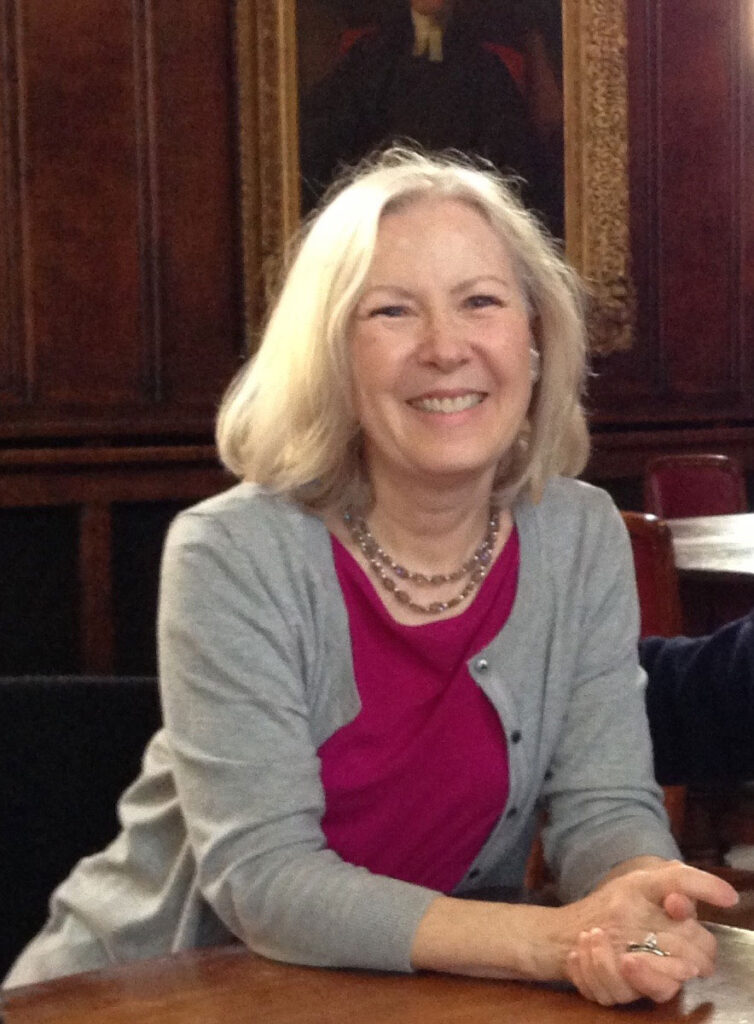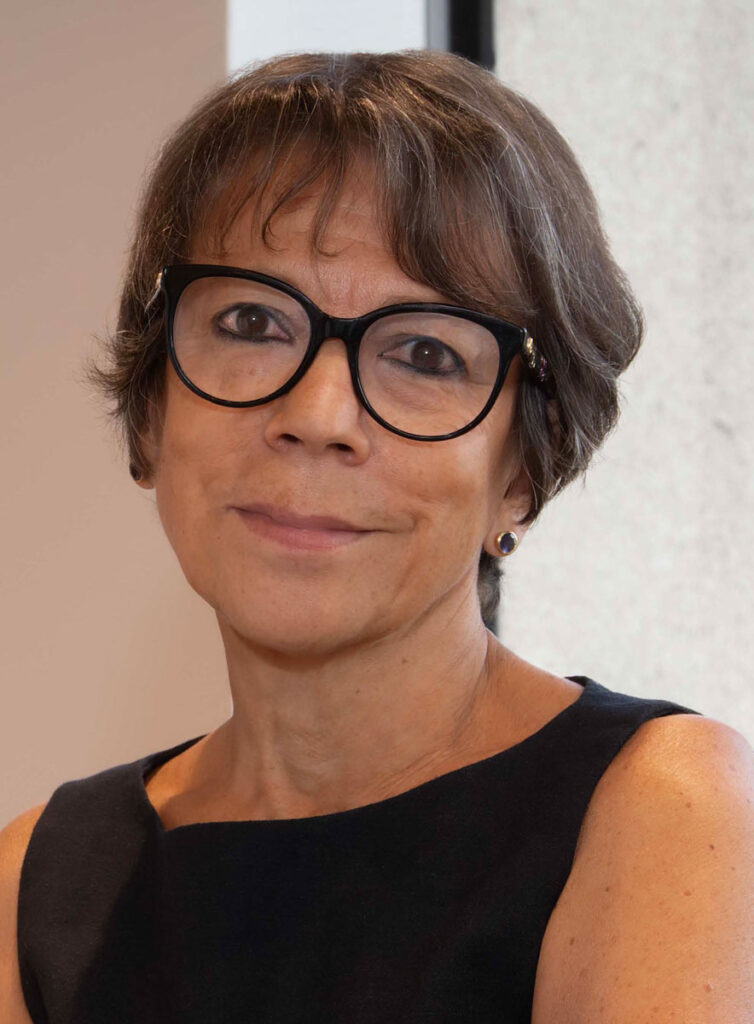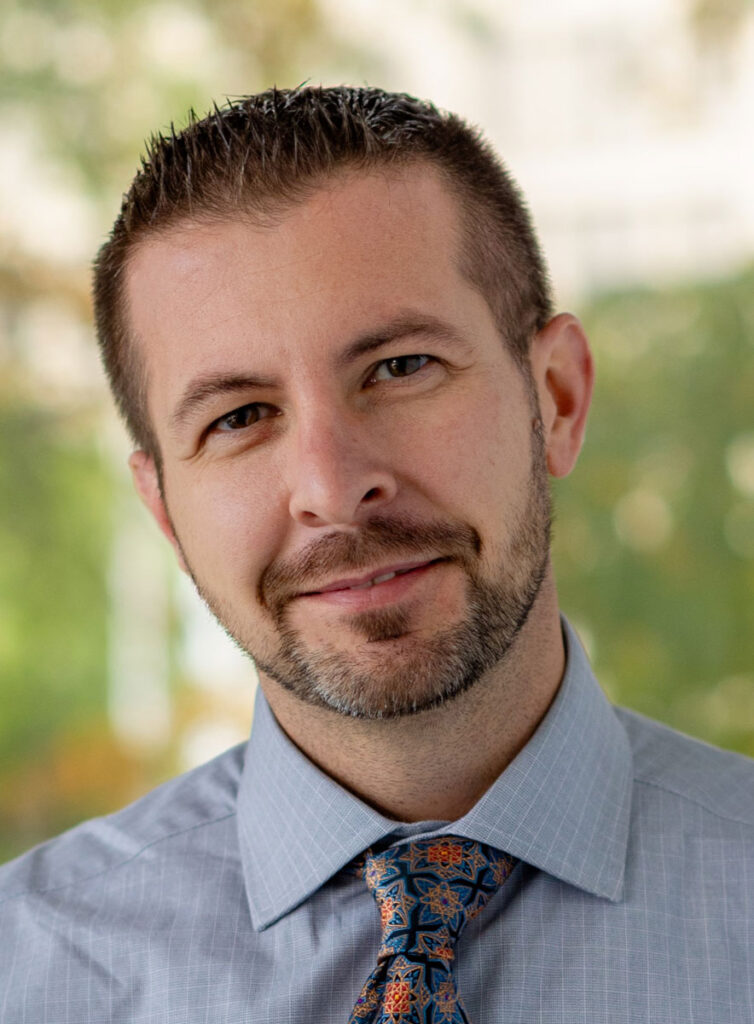Innovation Week, the annual celebration of Case Western Reserve University’s innovative and entrepreneurial spirit, kicks off on Monday, Oct. 28.
Among the festivities will be the honoring of this year’s Faculty Distinguished Research Award winners. Established in 2013, the award is given annually to faculty members who have made outstanding contributions on a grand scale through their research. It is among the top honors bestowed upon faculty at Case Western Reserve.
This year’s winners are Karen Beckwith, Daniela Calvetti and Paul Tesar.
Read more about the recipients below, then explore the Innovation Week schedule and register for events.
Karen Beckwith

Flora Stone Mather Professor, Department of Political Science, College of Arts and Sciences
Karen Beckwith has long been fascinated by politics. So much so, in fact, she’s considered a founding scholar of the political science subfield on gender.
After reading biographies of famous political women in grade school, she went on to conduct National Science Foundation (NSF)-supported research into women’s support for mining strikes. Now, she’s researching changes in party systems in the UK, France, Italy and the United States, a body of work that is well-renowned.
“You can see things that other people can’t see in political phenomena,” said Beckwith, explaining what drives her and other scholars. “You’re eager to follow up the questions that arise from what you see. You take satisfaction in providing answers to problems that maybe other people didn’t even see.”
Beckwith’s research focuses on three areas: the intersection of women, gender and politics; political movements; and political loss. She applied this lens as the lead founding editor of the journal Politics & Gender, published by Cambridge University Press, which is now the leading journal in the subfield.
Her research on political movements particularly focuses on feminist and women’s movements.
“I’m really interested in how women mobilize in movements where they don’t have primary standing,” she said.
Her NSF-funded research in Great Britain, where it was illegal for women to mine, exemplified this focus. As a visiting professor at the University of Manchester, Beckwith explored how women got involved in mining strikes.
At Case Western Reserve, her course “Political Losers” delves into the impact of loss on political candidates, on those who vote and on political movement campaigns. Students in the course are challenged with questions such as, how do you keep voters engaged when they’re preferences keep losing? What happens after the loss of a big campaign for the Equal Rights Amendment?
While discussions are valuable for all enrolled, they also benefit Beckwith, who regularly incorporates her students’ insights into her research.
“The outstanding students at Case Western Reserve University who major in political science, in discussion and in seminars, really light things up in ways that have directly benefited my research,” said Beckwith, noting she acknowledges students in her published work. “So that’s one of the joys for me of being at Case Western Reserve University is having such fabulous students where there’s incredible intellectual excitement for me in the seminars I offer.”
Daniela Calvetti

James Wood Williamson Professor
Department of Mathematics, Applied Mathematics, and Statistics
While the topics Daniela Calvetti researches may seem random at first glance—including brain activity, financial investment portfolios, the structural stability of buildings, the spread of COVID-19, and geological conditions, to name a few—they share a common thread: mathematics.
As a mathematician, Calvetti focuses on finding a mathematical explanation for phenomena.
“If there is an application that sounds exciting and where I think that I can make a contribution, I do that,” she said. ” It may mean that we get a better solution, a better product or a better measurement of how reliable the solutions are.”
Shortly after joining the faculty at Case Western Reserve in 1997, she began working with some biomedical engineering researchers on campus who were studying metabolic systems. The work prompted her to learn biochemistry and—upon realizing that the traditional ways of approaching problems in the field weren’t comprehensive enough—motivated her to create her own set of tools, joining probability with computation.
“In the beginning, people were very skeptical in the field,” she said. “They thought that the two didn’t have much to do with each other. They didn’t belong. But I continued, and 20 years afterwards, now this is a pretty big area of mathematics.”
Whether it’s studying life sciences or climate, linguistics or economics, Calvetti tries to find a way to express problems in mathematical terms.
“I’m the person under the hood,,” said Calvetti, comparing her work to that of a mechanic. “I don’t develop devices, I don’t cure diseases. But what I do is I translate the description in mathematical terms.”
She is now working with linguistics researchers at CWRU to apply some of her algorithms to study how ChatGPT’s large language model classifies documents.
Next up, she plans to work with colleagues in Italy to try to predict mudslides by assessing geological and meteorological conditions and their impact on mountain erosion.
“I’ve always been fascinated with doing something for the world, for environment, health, well-being,” Calvetti said. “I think it’s particularly exciting to see that one can use mathematics, which seems to be so abstract, removed for everything, to do that.”
Paul Tesar

Director, Institute for Glial Sciences, School of Medicine
Professor, Department of Genetics and Genome Sciences, School of Medicine
Professor, Department of Neurosciences, School of Medicine
Dr. Donald and Ruth Weber Goodman Professor of Innovative Therapeutics, Department of Genetics and Genome Sciences, School of Medicine
Member, Cancer Genomics and Epigenomics Program, Case Comprehensive Cancer Center
Since his first experience conducting research as an undergraduate at Case Western Reserve, Paul Tesar was hooked. He knew he wanted to spend his life in a lab working on science that could potentially help patients.
Now a professor in the Departments of Neurosciences and Genetics and Genome Sciences at the School of Medicine, Tesar is focused on regenerative therapies for patients with neurological disorders.
Research in the field often looks at nerve cells, but his team takes a different approach. They focus on glial cells, which make up about half of the nervous system and support nerve cells in ensuring proper neurological function. And they do it well—they are at the forefront of research into glial cell dysfunction and its role in human neurological diseases.
In particular, the team has focused on one specialized glial cell type called oligodendrocytes, which produce the protective myelin sheaths around nerve cells. These cells are lost or destroyed in diseases such as multiple sclerosis (MS) or, in other cases, don’t form properly due to certain genetic mutations.
“We’ve made a lot of headway into people understanding that the oligodendrocytes themselves could be dysfunctional, and that dysfunction in an oligodendrocyte could actually be the driver or a major contributor to disease,” Tesar explained. “And I think most importantly that you could target therapy at an oligodendrocyte and fix it.”
Their work has led to the discovery of two novel classes of medicines: a remyelination therapy for multiple sclerosis, which the university licensed to Convelo Therapeutics, a Cleveland-based biotechnology Tesar co-founded; and an antisense oligonucleotide therapy for a rare neurological disorder called Pelizaeus-Merzbacher disease, which was licensed to Ionis Pharmaceuticals and is now being tested in patients in a clinical trial.
Building upon the success of this approach, Tesar is now the director of the Institute for Glial Sciences, which was created to focus on new methods for studying glial cells across three nervous systems: the central, peripheral and enteric.
“It’s founded on these same principles, but has expanded our purview to try to be a world leader on understanding the development, understanding the disease biology, and targeting glial cells with purposeful therapy across the whole spectrum of different glial cells,” Tesar said.

